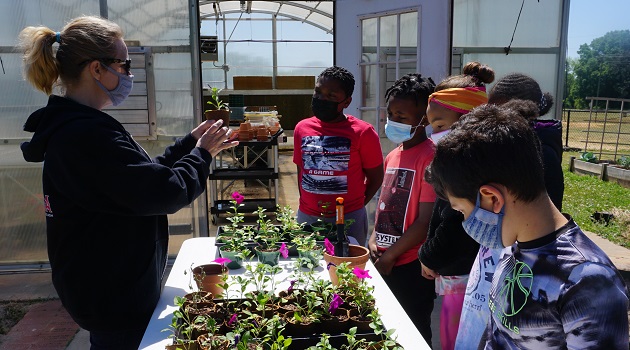
Engaging Minds Elementary STEAM Education Insights

Exploring the Wonders of Elementary STEAM Education
In the realm of elementary education, the integration of STEAM (Science, Technology, Engineering, Arts, and Mathematics) principles opens up a world of possibilities for young learners. Let’s delve into the multifaceted benefits and exciting opportunities that elementary STEAM education offers.
Fostering Creativity and Innovation:
Elementary STEAM education ignites creativity and innovation in young minds. By encouraging students to explore, experiment, and problem-solve across diverse disciplines, educators nurture the next generation of innovators and critical thinkers.
Hands-On Learning Experiences:
At the heart of elementary STEAM education lies hands-on learning experiences. Through engaging activities, experiments, and projects, students not only deepen their understanding of core concepts but also develop essential skills such as collaboration, communication, and resilience.
Interdisciplinary Connections:
Elementary STEAM education emphasizes the interconnectedness of different disciplines. By integrating science, technology, engineering, arts, and mathematics, educators provide students with holistic learning experiences that mirror real-world applications and foster a deeper appreciation for the interconnectedness of knowledge.
Encouraging Curiosity and Exploration:
Curiosity is the driving force behind elementary STEAM education. By nurturing students’ natural curiosity and encouraging them to ask questions, explore new ideas, and seek solutions, educators empower them to become lifelong learners with a passion for discovery.
Promoting Problem-Solving Skills:
Problem-solving lies at the core of elementary STEAM education. Through hands-on challenges and real-world projects, students learn to identify problems, brainstorm solutions, and iterate on their ideas—an invaluable skill set that prepares them for success in an ever-evolving world.
Embracing Diversity and Inclusion:
Elementary STEAM education embraces diversity and inclusion, providing all students with equal opportunities to excel. By celebrating different perspectives, cultures, and backgrounds, educators create inclusive learning environments where every child feels valued, respected, and empowered to succeed.
Connecting Learning to Real-World Applications:
Elementary STEAM education bridges the gap between the classroom and the real world. By engaging students in authentic, project-based learning experiences, educators help them understand the relevance of their learning and its potential impact on society, inspiring them to become agents of positive change.
Cultivating 21st-Century Skills:
In today’s rapidly changing world, 21st-century skills are more important than ever. Elementary STEAM education equips students with the critical thinking, problem-solving, creativity, and collaboration skills they need to thrive in the digital age and adapt to future challenges with confidence.
Empowering Student Agency:
Elementary STEAM education empowers students to take ownership of their learning journey. By providing them with opportunities to explore their interests, pursue their passions, and make meaningful choices, educators foster a sense of agency and self-efficacy that fuels intrinsic motivation and lifelong learning.
Building a Foundation for Lifelong Learning:
Ultimately, elementary STEAM education lays the foundation for lifelong learning and success. By fostering a love for learning, developing essential skills, and nurturing a growth mindset, educators empower students to embark on a journey of discovery, exploration, and achievement that extends far beyond the classroom walls. Read more about elementary steam


